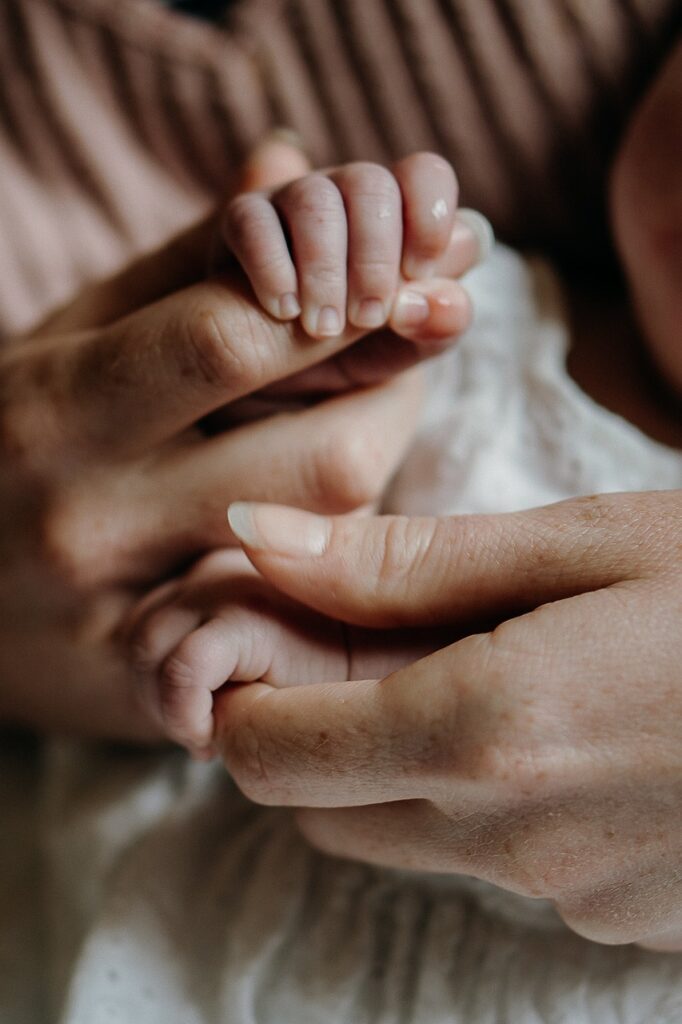
Co-sleeping is one of the most debated parenting topics. Some parents swear by the extra closeness, while others worry about long-term sleep habits. Like many parenting decisions, it’s deeply personal—and for me, it wasn’t part of the plan. But as I navigated my daughter’s fear of the dark, I realized that sharing a bed wasn’t just a necessity; it became something I genuinely embraced.
If you’re wondering whether this sleeping arrangement is right for your family, this article will walk you through the benefits, challenges, and my personal experience—helping you make an informed choice.
Why I Chose to Co-Sleep with My Child

My daughter is afraid of the dark. While I know she’ll eventually have to face that fear, she’s still too young to fully understand it. As someone who was also afraid of the dark as a child, I know exactly how she feels—the anxiety, the restless nights, the comfort of having someone close.
At first, I hesitated. Would this lead to sleep struggles down the road? Would I ever get my bed back? But after speaking with my sister in law, my perspective shifted. Instead of seeing it as a problem, I started embracing it as Bonus Snuggle Time—a special season of closeness that I’ll never get back once she grows up. Now, I genuinely enjoy our nighttime cuddles, and on the nights she sleeps in her own bed, I actually miss her.
If you’re considering this approach, here’s a look at the pros and cons to help you decide.
What Are the Benefits of Co-Sleeping with Your Child?

Many parents choose this arrangement because it provides comfort and security for both the child and the parent. Here are some of the main benefits:
✅ Comfort and Security – Children who sleep near their parents often feel safer, reducing nighttime fears and anxiety.
✅ Stronger Bonding – The extra snuggles help deepen the parent-child connection.
✅ Easier Nighttime Soothing – If your child wakes up scared, you’re right there to reassure them.
✅ More Restful Nights (for Some) – Many parents find they get better sleep knowing their child is close.
✅ Supports Breastfeeding Moms – Nighttime nursing can be easier when your baby is nearby.
The Downsides of This Sleeping Arrangement

What to Consider While there are advantages, there are some challenges to be aware of:
❌ Harder Sleep Independence – Some children may take longer to transition to sleeping alone.
❌ Disrupted Sleep for Parents – Kids move around a lot, which can lead to restless nights.
❌ Potential Impact on Relationships – Less alone time for couples.
❌ Challenging Transition Later – The longer it lasts, the harder it may be to shift to independent sleep.
❌ Safety Considerations – For infants, sleeping near a parent must be done safely to reduce the risk of suffocation or SIDS. (Here’s what the American Academy of Pediatrics says about safe sleep practices: “The AAP strongly advises against bed-sharing, as it significantly increases the risk of injury or death to the infant.” NJ AAP ). For the record, my daughter slept in her own bed until she was over 18 months old.
How to Transition from Co-Sleeping to Independent Sleeping

If you’re worried about how long this will last, know that you can gradually transition your child to their own bed when the time is right. Some gentle methods include:
1️⃣ Start with naps – Encourage your child to nap in their own bed first.
2️⃣ Use a comfort item – A special stuffed animal or nightlight can provide reassurance.
3️⃣ Create a bedtime routine – Consistency helps children feel secure in their sleeping space.
4️⃣ Move in steps – Try a mattress on the floor next to your bed before transitioning to their own room.
Is This the Right Choice for Your Family?

This isn’t a one-size-fits-all solution. Every child is different, and what works for one family may not work for another. For us, it’s the best choice for now. One day, my daughter will want her own space, and I’ll look back on these nights with nostalgia.
If you’re trying to decide, my advice is simple: trust your instincts. Whether you choose to share a bed or encourage independent sleeping, the most important thing is that your child feels safe, loved, and supported.
Frequently Asked Questions About Bed-Sharing
- Is it safe? The American Academy of Pediatrics recommends room-sharing without bed-sharing for infants. Whether bed-sharing or not, ensure a firm mattress, no loose blankets, and that the child cannot fall or get trapped.
- At what age should a child stop? There’s no universal rule. Some families transition at 1-2 years, while others continue until preschool age. The best time is when both the parent and child are ready.
- Will this make my child too dependent? Not necessarily. Children naturally become more independent as they grow. Many families successfully transition their children to their own beds when the time is right.
Final Thoughts: Embracing the Season

Sharing a bed was never part of my original plan, but now, I see it as a precious, fleeting season of motherhood. Instead of worrying about when it will end, I’m choosing to cherish it while it lasts.
Have You Tried Co-Sleeping? Are you currently doing this with your child, or have you in the past? What was your experience like? Share your thoughts in the comments—we’d love to hear your story!
Know another mom struggling with this decision? Share this article with them!

